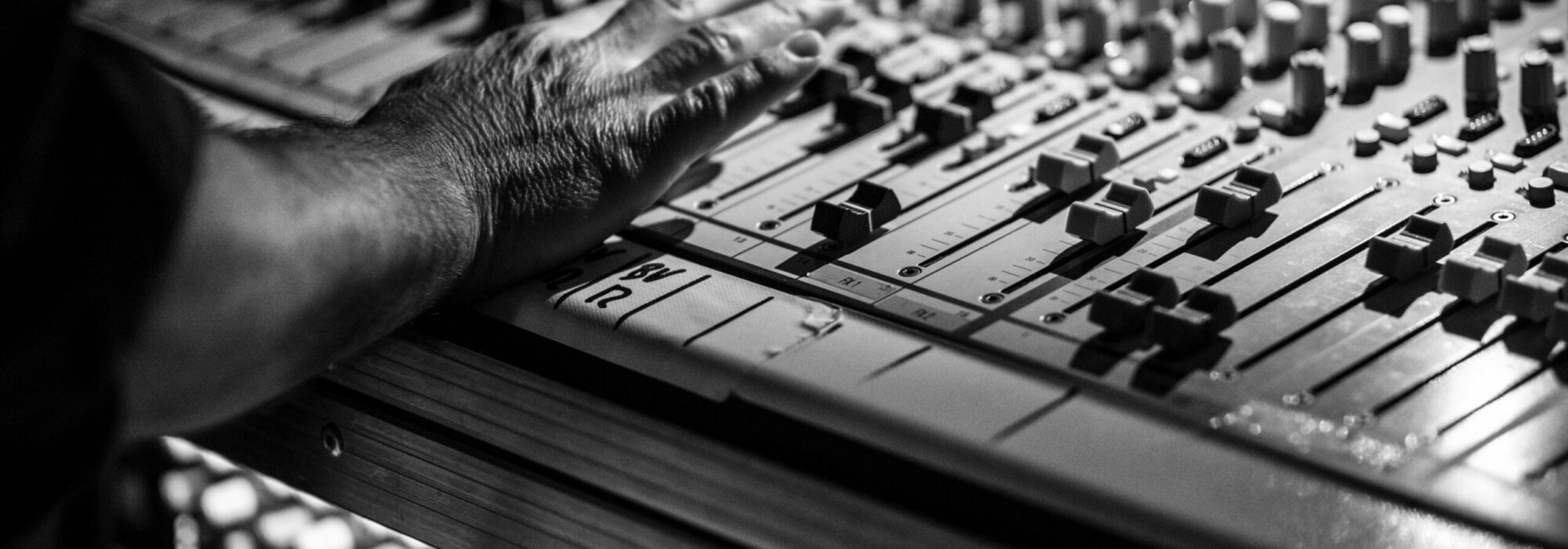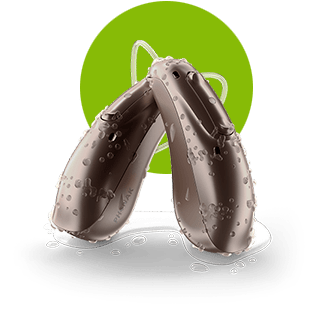
Hearing is Believing – The scientific and artistic approach
Hearing is Believing is a streamlined way to experience different hearing technology, but what all goes into creating an HIB? What will the future bring?
The history of Hearing is Believing
Among the major hearing aid manufacturers, it can be an overwhelming task to keep up with all the technological advancements that seem to crop up on an almost daily basis. Along with these technological advancements comes corresponding claims, usually about revolutionizing the way we hear in a certain situation.
Reading about these advancements gives us awareness of what is going on in the hearing aid industry, but in order to truly understand new technology, we must experience it. Hearing is Believing allows us to do exactly that.
If you are unfamiliar with Hearing is Believing, in short, this is a tool that offers an inside, and unbiased look, into how Phonak products compare to that of the competitors, by allowing listeners to experience it for themselves. This is accomplished using an interface which allows for a side-by-side comparison of different recordings and maintains the time coding across them, allowing listeners to switch between the different recordings instantaneously and at their discretion.
The listeners are then able to rank their preferences among these recordings within this interface. Not only does it provide a way for listeners to compare these recordings, but it can be a handy research tool when it comes time to look at the results.
Science meets the art
Prior to pursuing my AuD, my days were spent as an audio engineer, carefully crafting musician’s talents into recordings that would showcase their ideas and visions. To my surprise, these same skills have proven to be valuable here at PARC, particularly in the realm of Hearing is Believing.
While my past work as an audio engineer may sound like honest work, often times, this was not the case. More often than not, I would be searching for techniques to make a musician sound better on a recording than in reality. I would always have a large arsenal of techniques to achieve this, different microphones, an array of outboard effects, digital processing, you name it. In these instances, my entire approach was focused around the talent.
Hearing is Believing offers a unique and exciting journey for me, in the sense that it requires a similar skillset as my past work, but here it needs to be applied very differently. For comparison sake, we program all the devices as equivalently as possible in terms of gain and coupling. This means we are left with only the variables of the acoustic setup and the stimuli that are presented through these devices. While there are many similarities within the recording process, whether it be a hearing aid or a musician, this is honest work in the sense that we cannot make alterations to the technology in itself.
The approach to this process is exciting to me because you really start to understand, and appreciate, the different areas of focus of our own products, as well as the competitors. This process is truly a balance of art and science. The science is our understanding of exactly what the technology at hand is doing, which is usually derived from our own technical measurements.
The art then becomes the way this knowledge is implemented, usually in our approach to the acoustic setup. For example, we might create a simple “speech in noise” scene, in which a speech signal is the primary focus, but the devices are surrounded by a diffuse background noise. Depending on the acoustic setup, our devices and our competitors might handle this situation quite well.
Then comes alterations to the acoustic setup such as utilizing different spaces and sounds, along with some trial and error, to make the listening situation more and more difficult until it exposes the weak points in the competitor devices, or in some cases, our own.
The future of Hearing is Believing
Nowadays, with the changing landscape of the hearing industry, such as the increasing emergence of over-the-counter devices, personal sound amplification products, or ‘hearables’, the landscape of Hearing is Believing will have to change along with the industry.
This will bring on its own exciting challenges and investigations, seeing not only how we compare to the other major hearing aid manufacturers, but how we maintain superiority over these other devices emerging in the market.
Keep your eyes peeled . . . or more so . . . your ears tuned in, for the exciting future of Hearing is Believing.
To see (or hear) for yourself what Hearing is Believing is all about, you can experience one of our latest surveys here*, showcasing RogerDirect technology in comparison to remote microphone solutions from our competitors.
* Please note that the survey works for every internet browser except Internet Explorer
